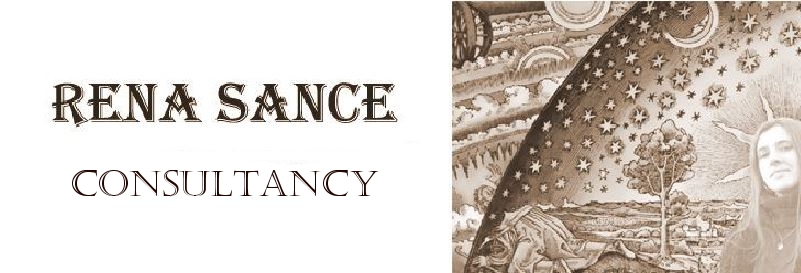For many people art therapy is a wonderful way to communicate thoughts and feelings that otherwise would be difficult to express individually or in social settings.
Lack of natural light can cause SAD (seasonal affective disorder), depression or influence our mood in another significant way. Art therapy is especially helpful in the Winter months, for people leaving in conditions lacking natural light, suffering from extensive stress, anxiety, depression or psychological personality disorders.
There is no need to have any skills or experience in art, and people of any age and social background can benefit in performing it, especially those on an autistic spectrum.
Art therapy concentrates more on helping to:
- understand yourself more
- find new ways to look at yourself and your life
- expressing complicated feelings or difficult experiences
It involves establishing a safe space where no one is judging you - so it can be easily done by yourself (no therapeutic specialist is needed). But it also may give you a chance to connect better with other people.
Art therapy is a safe, creative, and therapeutic process for expressing inner thoughts, feelings, memories, and experiences - through any form of art. It is ideal for children, distressed adults and the elderly who seem to be a bit bottled up with overthinking or raw emotions.
The use of art therapy encourages us to express hidden emotions., increases self-awareness and improves cognitive functions. It also adds the most often missed component of creativity and intuition - the right brain function - to our structured left-brain, logical life.
Art therapy is sometimes used in therapeutic clinics, during rehabilitation or psychotherapy. It is perfect for relieving stress and tension, it is also an ideal way to discover your strengths, and to deepen your knowledge about yourself. In this way - the creative process of expressing yourself in whatever artistic field can help improve self-esteem and self-worth.
Here are reminders of some simple and effective art therapy techniques that anyone can enjoy in the comfort of their own home:
1. Drawing. We all used to draw and scribble in our notebooks during conversations or during moments of concentration. It is no longer so common as we use electronic devices on a more regular basis. When was the last time that you had a pen or pencil in your hand?
This type of seemingly mindless activity is very desirable, nonetheless. It puts our brain into a more restful state.
Drawing is not only sketching still-life, landscapes or portraits. When we feel down, lost or stuck, we can draw whatever comes to our mind, or rather hand - mind should be switched off. Let's play with doodling, labyrinths, spirals or geometric patterns.
2. Colouring. It is probably the second easiest way to soothe and organize our thoughts through art therapy. Colouring with crayons or coloured pencils is becoming more popular and you can find special anti-stress colouring books in many stores.
3. Painting. It is a more elaborate technique. It allows us to soften the mind and at the same time it deeply relaxes. We can choose poster paints or oils.
When you feel sad, it is good to make many different forms with many colours - landscapes or abstracts. Avoid portraits and faces. When you feel angry, it is worth painting straight lines along the entire length of the paper to soothe your emotions - with pastel colours.
4. Cut-outs /Collages. By the use of scissors or by ripping something off - it can be a perfect way to focus your mind and relieve some residual anger. A great way to spend your free time. To make a collage, use old magazines. Gather scissors, a sheet of paper, and a glue.
5. Origami. It doesn't have to be a complicated patterns or technique. We can easily start with a ship or a tulip. Origami therapy stimulates the imagination and organizes thoughts when we are worried.
Of course, there are many more options to engage in art as a therapeutic/soothing activity: sculpture, carving, potpourri, singing, playing instruments, embroidering, and needlework. This however needs some additional skills or learning.
But even preparing a meal that is arranged in some form of art can be soothing and satisfying. The possibilities are many. Find one that suits you at this time.
The important thing is to allow yourself a regular interval for such activities. It is to keep the brain in balance: between the overwhelmed left reasoning part and the overlooked right intuitive part.

